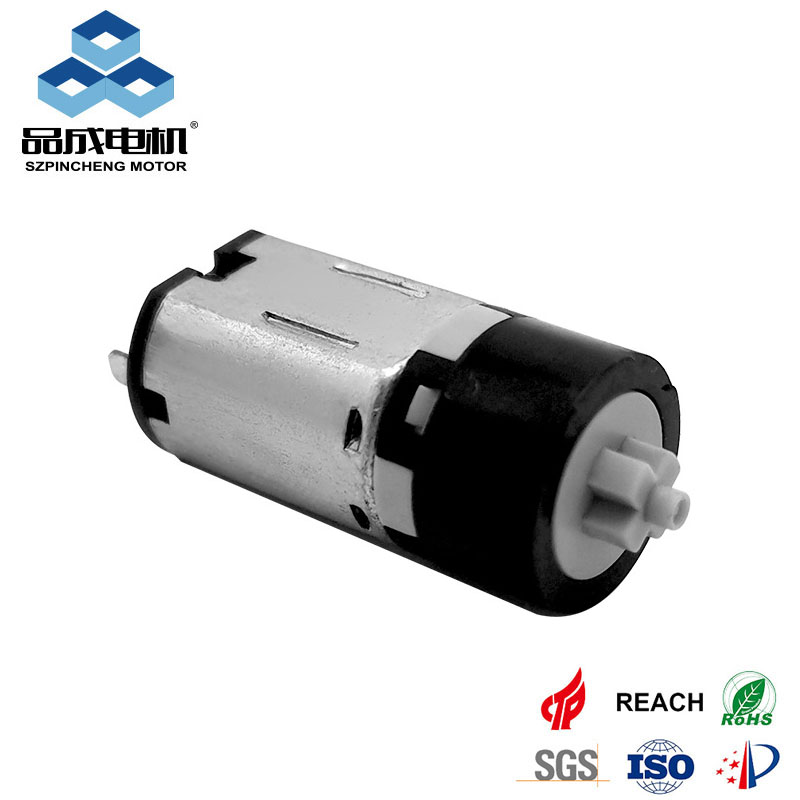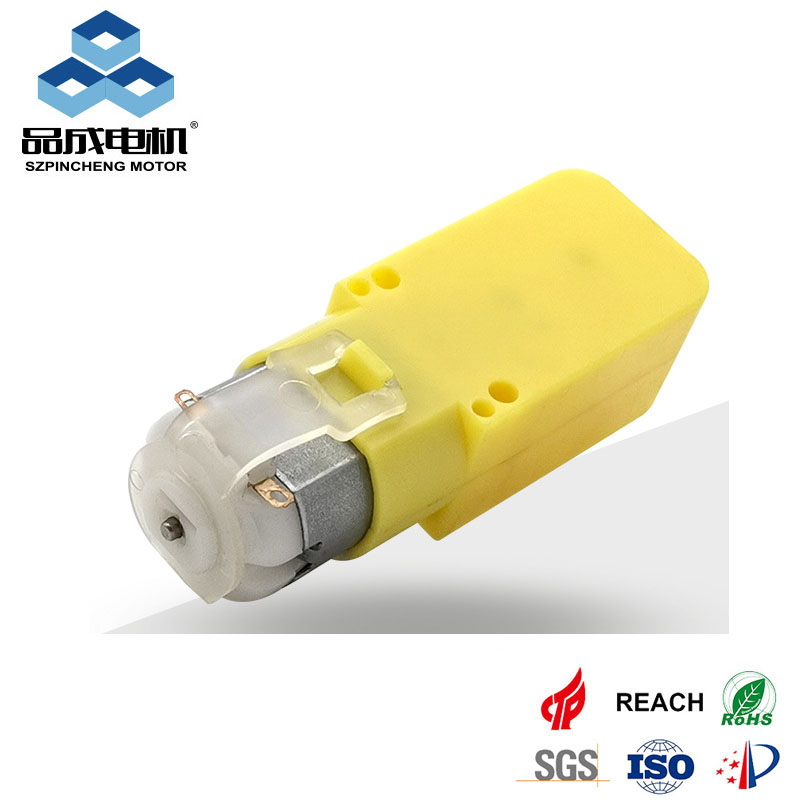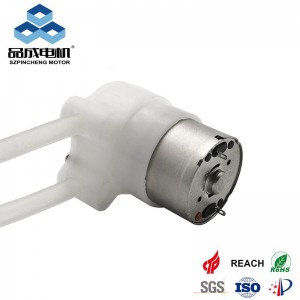There is no difference between a carbon brush DC motor and a brush DC motor in essence, as the brushes used in DC motors are usually carbon brushes. However, for the sake of clarity in some contexts, the two might be mentioned and compared with other types of motors. The following is a detailed explanation:
Brush DC Motor
- Working Principle: The brushed DC motor operates on the principles of electromagnetic induction and Ampere's rule6. It consists of components like the stator, rotor, brushes, and commutator. When a DC power source supplies power to the motor through the brushes, the stator generates a static magnetic field, and the rotor, connected to the power source via the brushes and commutator, forms a rotating magnetic field. The interaction between the rotating magnetic field and the stator field produces electromagnetic torque, which drives the motor to rotate. During operation, the brushes slide on the commutator to reverse the current and maintain the motor's continuous rotation6.
- Structural Characteristics: It has a relatively simple structure, mainly including the stator, rotor, brushes, and commutator. The stator is usually made of laminated silicon steel sheets with windings wound around them. The rotor consists of an iron core and windings, and the windings are connected to the power supply through brushes6.
- Advantages: It has the merits of simple structure and low cost, making it easy to manufacture and maintain. It also has good starting performance and can provide a relatively large starting torque6.
- Disadvantages: The friction and sparking between the brushes and the commutator during operation lead to wear and tear, reducing the motor's efficiency and lifespan. Moreover, its speed regulation performance is relatively poor, making it difficult to achieve precise speed control6.
Carbon Brush DC Motor
- Working Principle: The carbon brush DC motor is essentially a brushed DC motor, and its working principle is the same as that of the brushed DC motor described above. The carbon brush is in contact with the commutator, and as the commutator rotates, the carbon brush continuously changes the direction of the current in the rotor coil to ensure the continuous rotation of the rotor.
- Structural Characteristics: The structure is basically the same as that of the general brushed DC motor, including the stator, rotor, carbon brush, and commutator. The carbon brush is usually made of graphite or a mixture of graphite and metal powder, which has good electrical conductivity and self-lubricating properties, reducing the wear and tear between the brush and the commutator to a certain extent.
- Advantages: The carbon brush has good self-lubricating and wear-resistant properties, which can reduce the frequency of brush replacement and maintenance costs. It also has good electrical conductivity and can ensure the efficient operation of the motor.
- Disadvantages: Although the carbon brush has better wear resistance than some ordinary brushes, it still needs to be replaced regularly. In addition, the use of carbon brushes may also produce some carbon powder, which needs to be cleaned regularly to prevent it from affecting the performance of the motor.
In conclusion, the carbon brush DC motor is a type of brushed DC motor, and the two have the same working principle and similar structures. The main difference lies in the material and performance of the brushes. When choosing a motor, it is necessary to comprehensively consider various factors such as the application scenario, performance requirements, and cost to select the most suitable motor type.
you like also all
Post time: Jan-15-2025




